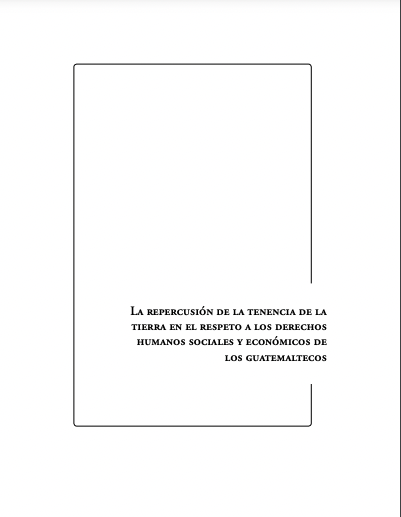Urban and peri-urban forestry and greening in west and Central Asia
FAO has initiated a series of global and regional sector outlook studies to examine linkages between forests and societies and to indicate emerging opportunities and challenges. The Forestry Outlook Study for West and Central Asia (FOWECA) has considered these issues through an extended consultative process in 23 different national contexts in West and Central Asia.
The Land and Property Rights of Women and orphans in the context of HIV and AIDS
The effect of HIV/AIDS on Africa and the issues it creates for women in African societies, especially unmarried women, is a difficult one that will not soon go away.
Land and water rights in the Sahel
Water for agriculture draws on a range of sources - from naturally available water bodies to water supply infrastructure. In sub-Saharan Africa, only a very small percentage of arable land is irrigated. Most farmers produce food under rainfed conditions.
Improving Tenure Security for the Rural Poor: Rwanda – Country Case Study
Most of the world’s poor work in the “informal economy” – outside of recognized and enforceable rules. Thus, even though most have assets of some kind, they have no way to document their possessions because they lack formal access to legally recognized tools such as deeds, contracts and permits.
Changes in in "customary" land tenure systems in Africa
Across rural Africa, land legislation struggles to be properly implemented, and most resource users gain access to land on the basis of local land tenure systems.
Land tenure alternative conflict management
This training manual focuses on how to manage and resolve conflicts over land tenure rights, security of tenure and land access in the field of rural development. It results from complementary activities undertaken within FAO's Livelihood Support Programme (LSP) and the Land Tenure and Management Unit and with the International Land Coalition.
Caring for the land: Best practices in soil and water conservation in Beressa watershed, highlands of Ethiopia
About 88% of the population is concentrated in the highlands, which constitute less than half of the national territory; here the population density is 141 persons km-2. Agriculture is the main source of livelihood and national income in the country. Over 85% of the population directly depends on it and about half of the GDP is generated from the sector.
La repercusión de la tenencia de la tierra en el respeto a los derechos humanos sociales y económicos de los guatemaltecos
La reforma agraria y las invasiones a fincas privadas o del gobierno son temas tratados desde hace mucho tiempo en Guatemala; se han discutido desde la fallida reforma agraria impulsada por el ex presidente Juan Jacobo Arbenz Guzmán hasta la actualidad.
Maps, not guns, resolve resource conflicts in Cambodia : researchers and villagers create a new model for resource policy in defending traditional land rights
Uncontrolled development was threatening to destroy the forest environment
and the traditional way of life of the hill people of Ratanakiri. Researchers
worked with the villagers to produce unique maps and resource use plans
that convinced the government of the people’s traditional resource use and
Improving Tenure Security for the Rural Poor: Mali Country Case Study. Working Paper No. 4. FAO.
The present study aims to clarify the various issues regarding land security of poor and other marginalized groups in Malian rural areas. It looks into questions relating to how poor and vulnerable groups obtain access to land and natural resources, and what factors cause their exclusion.
Improving Tenure Security for the Rural Poor Rwanda Country Case Study
Has 3 main chapters: land tenure security and poverty reduction; access to land problem in Rwanda; a background (land-tenure systems, land scarcity and environmental degradation, land distribution); issues of tenure security in Rwanda (access to land by poor people, formalisation, practicalities of implementation).




